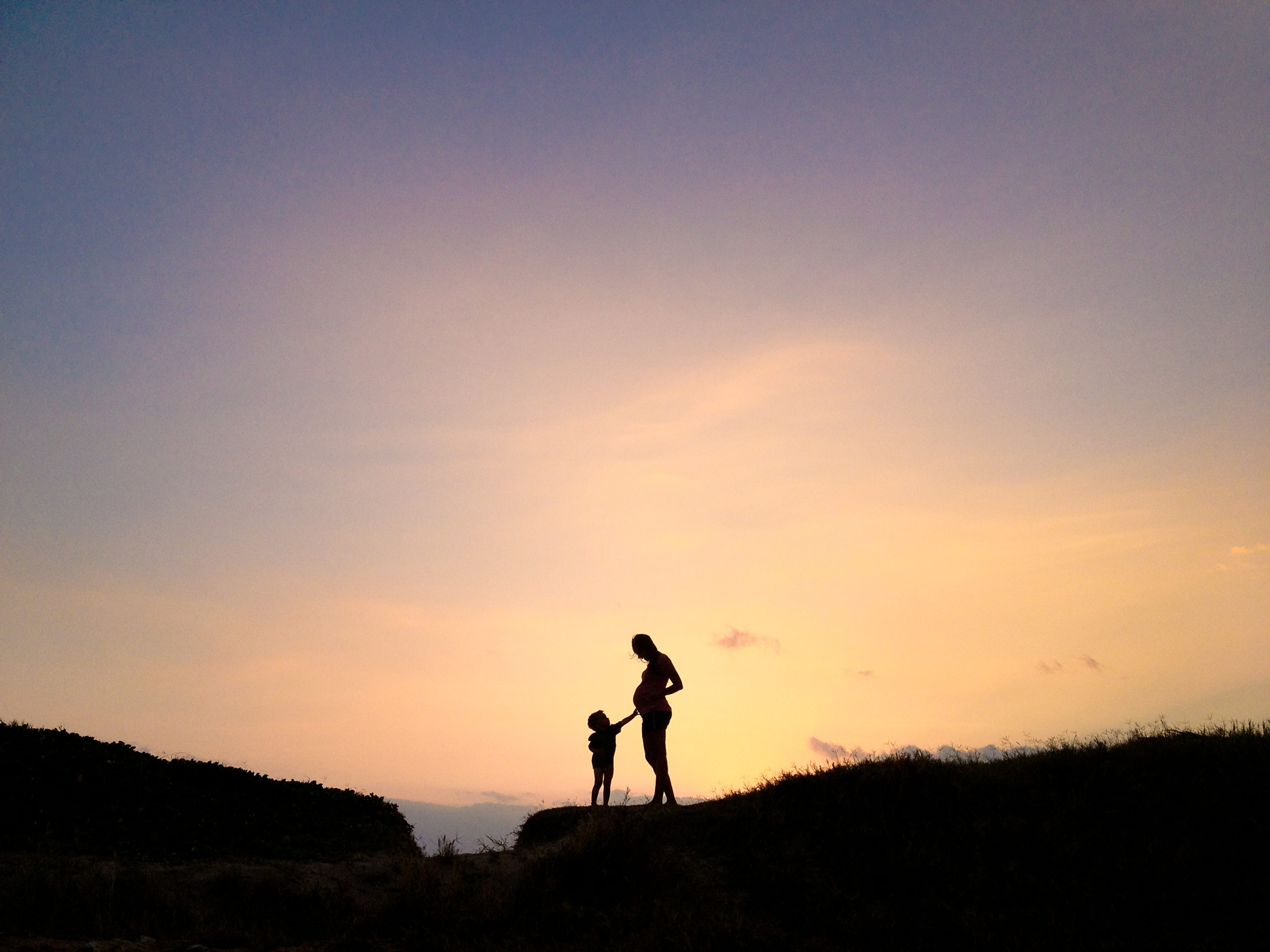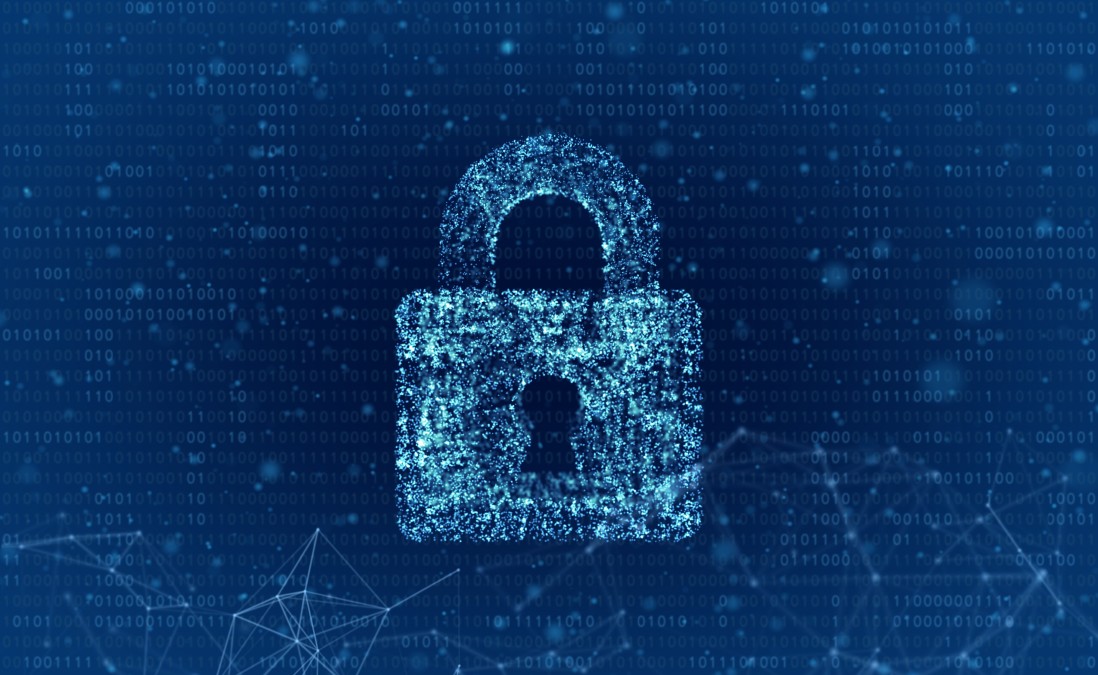I wrote last time about non-financial sources of capital and private “public” expenditures, as we saw it materialize when a storm knocked out power for 107,000 people for up to a week near where we live in Indiana. Some people still don’t have their lights back on. My argument is that people like you and me, through acts of neighborliness and charity, can increase the resources available to poorer people in many, many ways beyond handing them a check.
Social scientists and economists sometimes measure non-monetary forms of “capital:” intellectual capital, social capital and so forth. These are often measures on which the economically poor are also poor, and I’d argue this intangible moral or cultural capital presages economic capital.
Nathaniel and I are a young couple and probably economically thin on paper (though we don’t feel that way and indeed live better than our parents did at our ages), but if anything were to happen to our finances, we have non-financial recourse others don’t. We could move in with either set of parents if necessary—they both have room and the grocery budget to absorb that. When I travel to speak or attend conferences, my mom—who doesn’t work because she doesn’t need to—has the money to drive to our home and watch the babies for me. Et cetera.
These resources, like Bill’s chainsaw in our neighborhood after the storm, are non-financial sources of capital that, again, many poor people don’t have, and that’s really why they stay poor. If a storm left them without electricity, and everything in their fridge and freezer rotted, it would be a significant cost to restock because they don’t have the disposable income to do so quickly. Unlike us, they may not know friends with power who can help load the chest freezer into a big SUV to plug in elsewhere temporarily. People like me who want to fill such gaps need to realize we can do so simply and directly, like our neighbor, Bill.
What Bill did after the storm knocked a huge tree into the street and into another neighbor’s car extended his wealth to our whole street. He didn’t write a check or get his cronies at the power company to attend to our street first. He picked up the chainsaw and went to work on someone else’s problem.
Bill continued to expand our neighborhood’s social capital by inviting neighbors without power to come cool down in his pool during the heat wave that followed the storm. He also hires the neighbor boys to clean his pool and leaf-blow his yard, teaching them the reward of hard work and giving them a bit of financial independence at age 10 (not having to beg mom for a dollar for soda!). Bill has a standing invitation for our block to hop right into his pool when we like, which the neighborhood kids take advantage of nearly every day.
In short, Bill is a model for how I can love my neighbors in practical ways. His actions bring people together in ways that become critical in crises and can’t be measured on a price tag or replicated by any government program. His generosity helps provide the sort of small social and cultural capital lifelines that everyone, especially the poor, need to recover from life’s inevitable storms.



